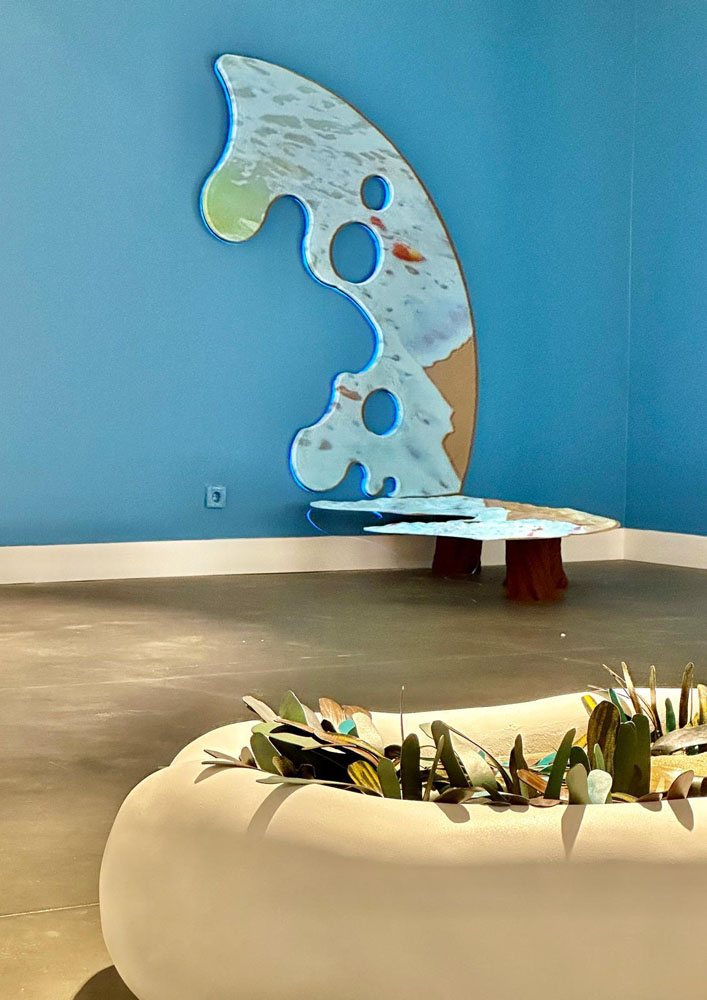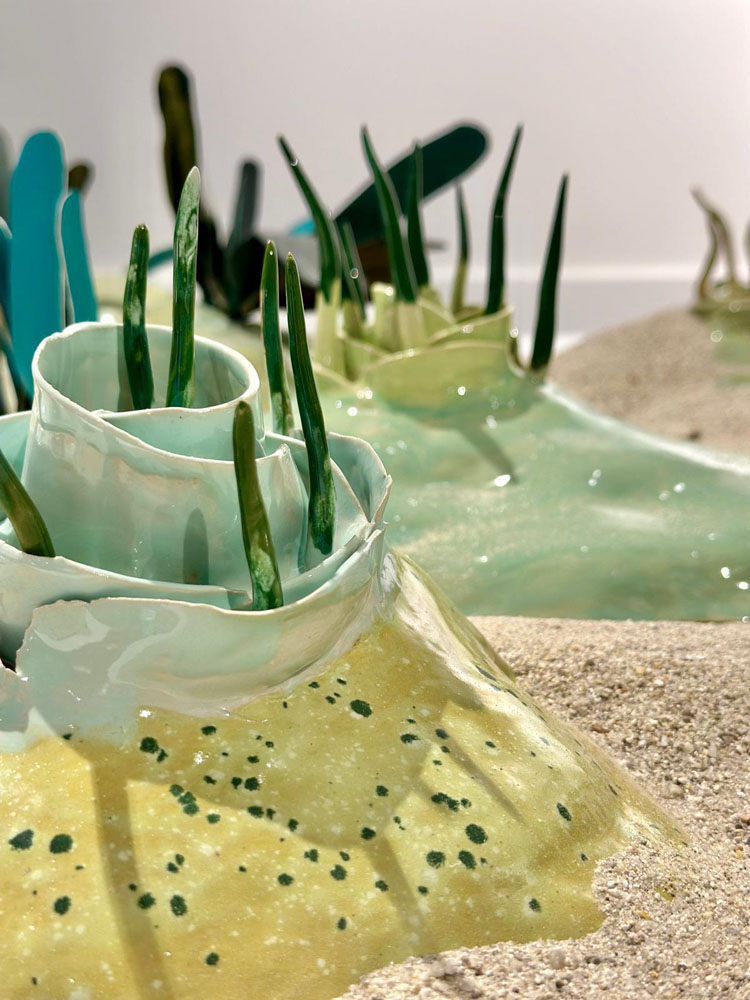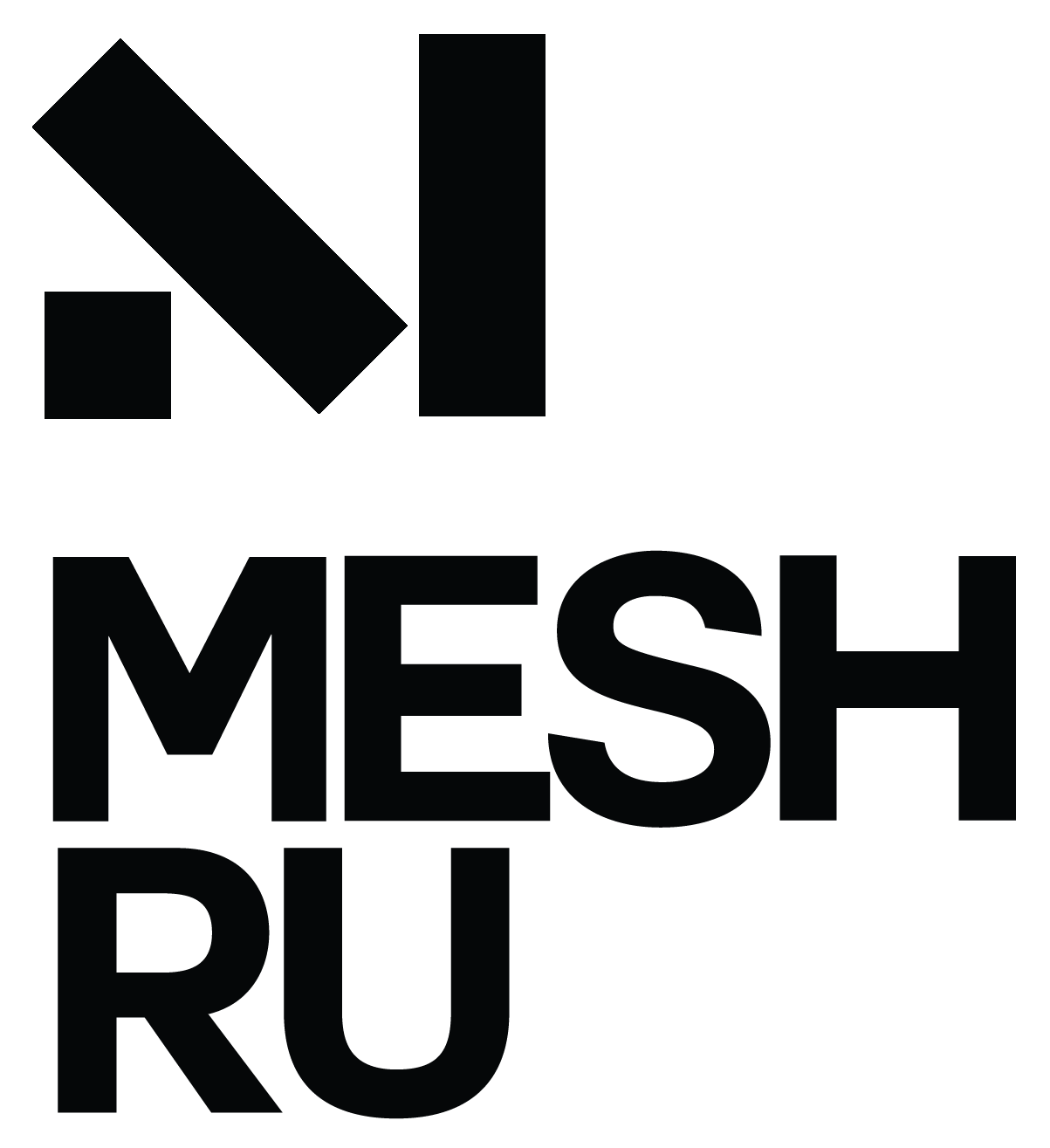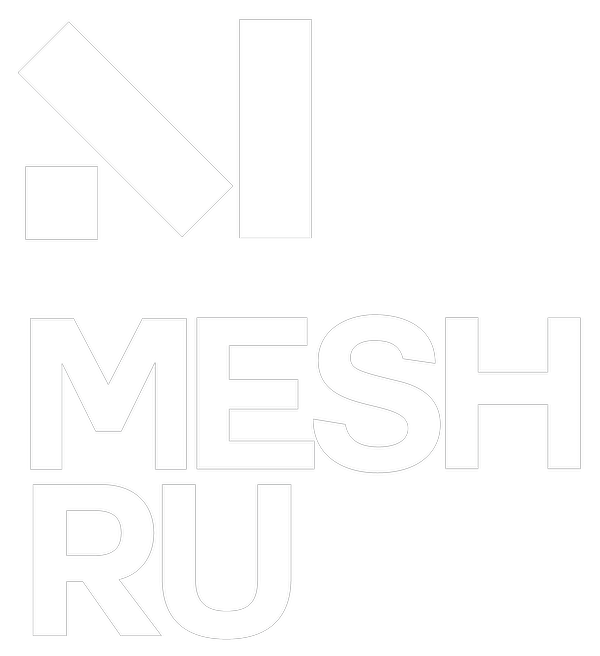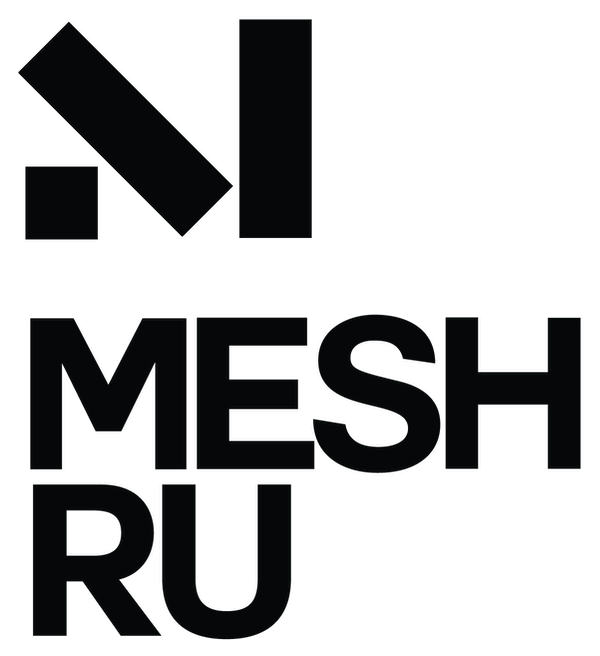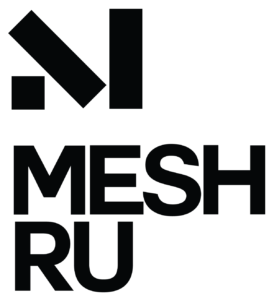
working days & hours
Monday, Tuesday, Wednesday | 11:00-17:00Saturday-Sunday | 12:00-19:00
Thursday & Friday | Closed view address on map →
curators
Ahmet RustemHakan Asks
Cansu Sonmez
exhibition category
Model, sound and images created with artificial intelligencekıyının getirdikleri
MeshRu opens its doors on October 3rd with the exhibition “Bringings from the Shore”. In the exhibition, Ahmet Rüstem and Hakan Sorar’s “Foam” and Cansu Sönmez’s “Nereids” examine the relationship between nature and humans, emphasizing the role of artificial intelligence in art. While Foam combines the power of nature and technology, Nereids offer a mythological and ecological journey into marine life. The exhibition invites art lovers to think about the relationship between nature and technology.
works
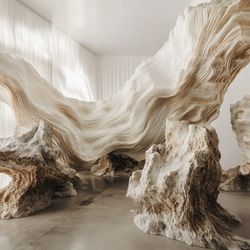
foam
About the Work
The production processes of art and artists have undergone radical changes in the last century around the concepts of time, space and purpose. As the ways art meets with communities have evolved, the basic needs of the artist in the creative process – talent, means of expression and purposes – have remained constant. However, the production and presentation conditions of art, exhibition spaces, technological developments and production methods have become indispensable elements of these processes. Since the 20th century, experimental methods have come to the fore in art and new forms of expression have opened up a wider creative field for artists than ever before. In recent years, artificial intelligence tools have been integrated into this process, adding depth to the creative processes of art and offering artists new opportunities for expression. In this context, some of the discussions focus on the position of artificial intelligence in art. While working with these tools, we have tried to position ourselves in a conscious search for balance in the expanding conceptual field.
"Foam" Our installation, titled “The Sea”, focuses on the process of waves eroding cliffs, drawing inspiration from the dynamic and ever-changing nature of the sea. This natural force creates new and unique forms each time, while also having a destructive and transformative effect. "Foam", with this understanding, aims to follow the results of our interventions in nature and the traces of these interventions. In parallel with the ongoing discussions on the role of artificial intelligence in the contemporary art world, we aimed to reinterpret forms inspired by nature through these technologies.
The installation shows how textures generated by AI can meet traditional materials such as ceramics and wood at the border where water and soil meet. This process is a powerful reminder of the evolution of material use in art history; the periods when craft and technology intertwined have been the scene of art’s most creative moments. The entire installation was shaped by visual and audio content generated by AI, and these contents were transformed into tangible assets with today’s modern production techniques. In this way, we aimed to build a bridge between traditional crafts and the innovative tools of the digital age.
Ahmet Rustem & Hakan Sorar
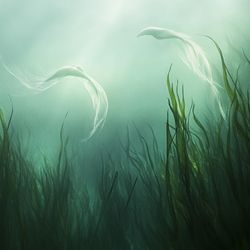
nereids
About the Work
The role of plants in contemporary art has gone beyond being merely an aesthetic element and has established a deep relationship with ecological, social and philosophical issues. Plants are no longer considered passive aesthetic objects, but active beings at the center of biopolitical forces, environmental transformations and art practices that radically question human-nature relations. In this new perspective, traditional approaches based on the dominance of humans over nature are replaced by approaches that consider the necessity of establishing a sustainable, mutual dialogue with plants. This approach points to a new level of consciousness that strengthens the human-nature bond on the axis of sustainability.
The interconnected relationships between humans, nature and technology that Donna Haraway discussed with her concept of “Terrapolis” led me to examine my uneasy ties with the sea. In this context, in my work titled “Nereids,” I examined the emotional distance between my admiration for marine creatures and my anxiety about touching them. Exploring the anxiety I experienced deepened my relationship with seagrass, which I focused on in the exhibition. I focused on understanding them by reminding myself that the fear I felt towards seagrass was actually a reflection of our fear of the unknown and that it was fed by approaches that caused us to distance ourselves from nature. I saw more clearly that this rupture was not only mine with an Instagram post by marine biologist Mert Gökalp. The comments on Gökalp’s post about seagrass were filled with the memories of many traumatized people. The dialogue I established with this unknown in the process taught me the necessity of learning the language of nature and overcoming our fear of it and establishing a deep bond with it.
During my research process, I came across the nereids (fairies symbolizing the power of the sea and the balance of nature) in Greek mythology and the largest plant in the Mediterranean. Posidonia oceanicaI thought about how similar it is to (a type of seagrass). In the real world, the balance and continuity of life is maintained by vital assets like seagrass. Seagrass captures carbon, filters the oceans, and forms living ecosystems that house marine life. At 100,000 years old, they are the world’s longest-lived organisms, fighting back against the destruction wrought by man’s efforts to control nature.
In this work, I aimed to open the audience to organic and continuous interactions between plants and people by providing the perception of nature as a multi-temporal and multi-layered world in Haraway's Terrapolis concept with video, documentation, experience pool, ceramics and kinetic installation created with artificial intelligence. This installation aims for a multi-sensory journey.
Cansu Sonmez

